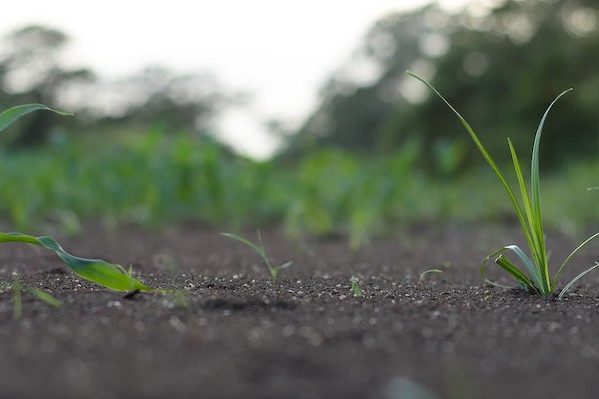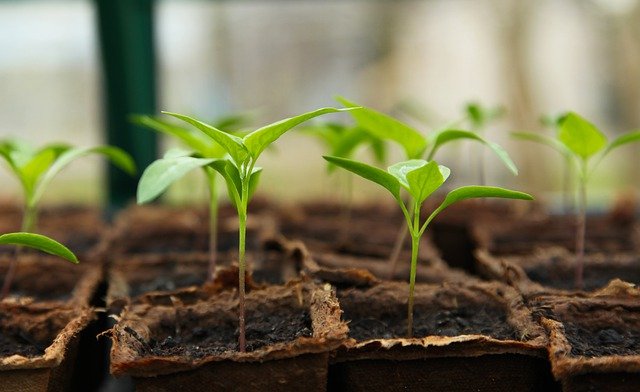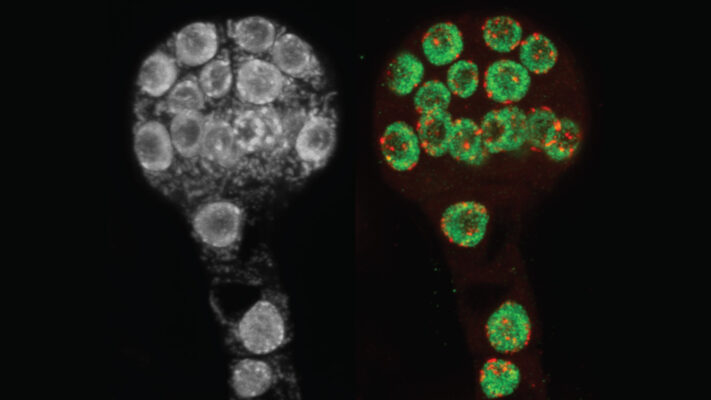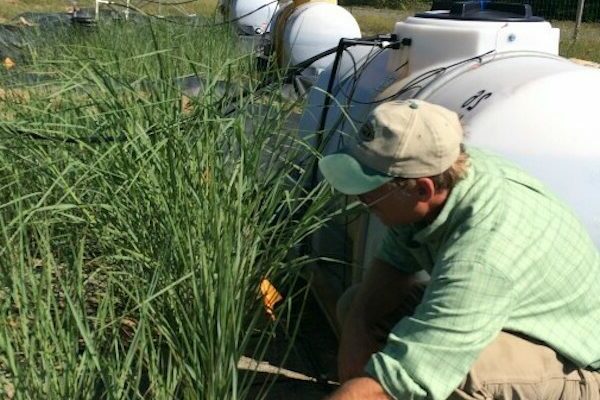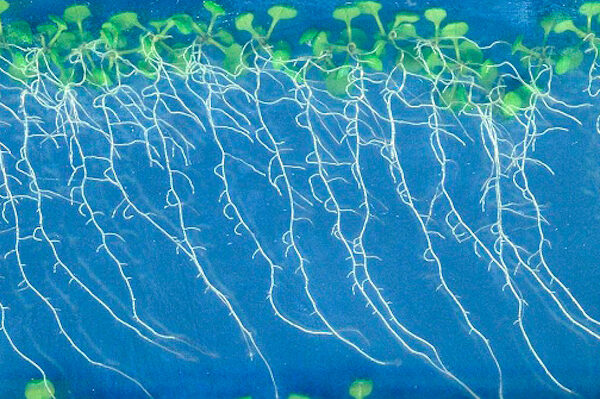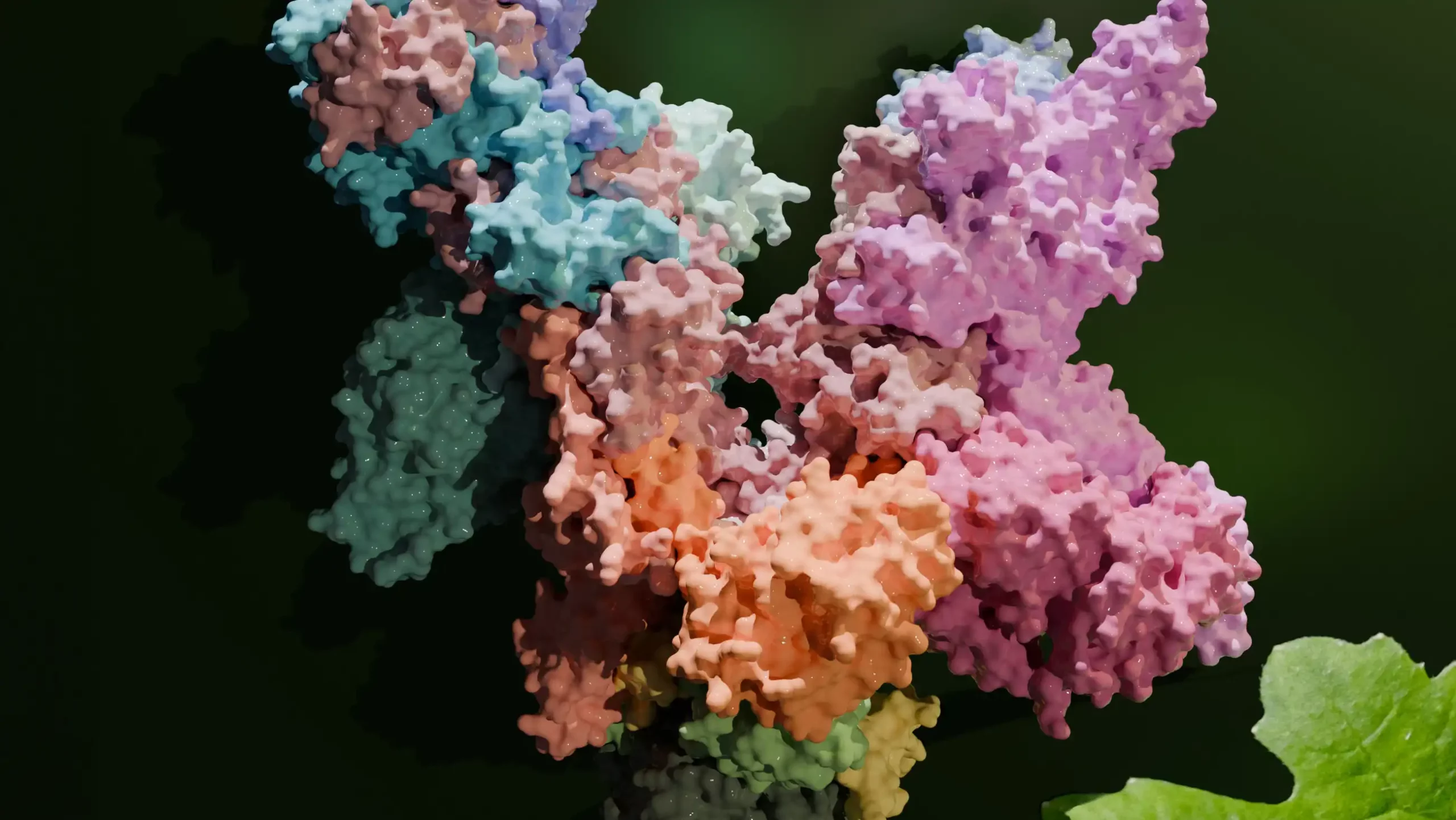
Researchers have visualized chloroplast RNA polymerase PEP in 3D, crucial for photosynthesis. The study unveils insights into its structure and function, essential for gene activation. This groundbreaking work aids understanding of photosynthesis evolution, potentially influencing future biotechnological applications.
Read More


